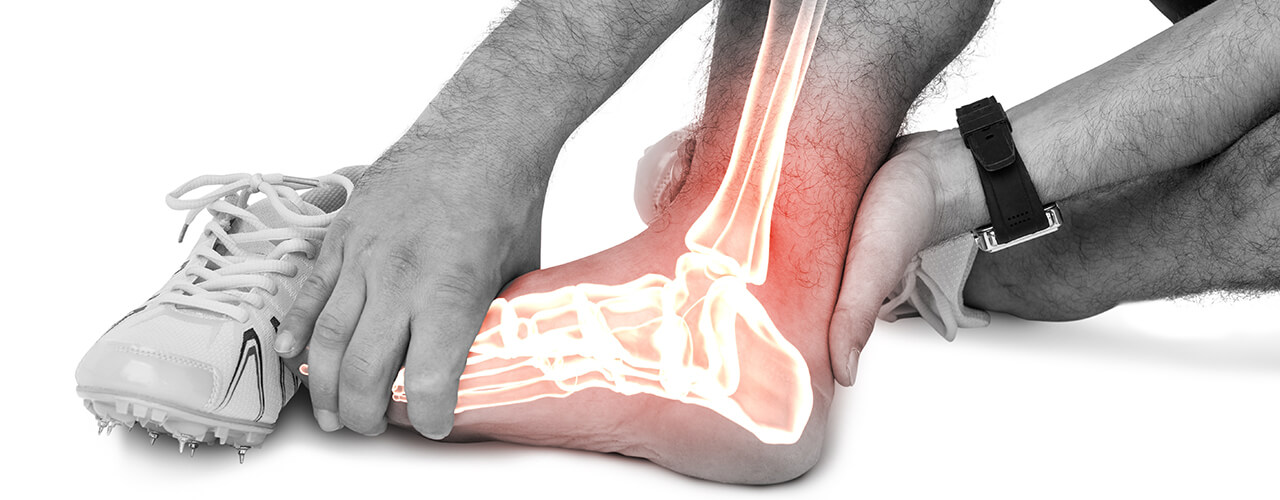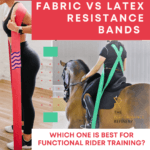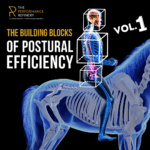Do you or someone in your household regularly participate in exercise, sports, or some other kind of physical activity? Have you sustained a sports injury as a result of your commitment to a healthy lifestyle? Is acute pain keeping you from competing, or is chronic pain affecting your performance? Our Del Mar physical therapy team is here to help you get back in the game feeling stronger, healthier, and pain-free, with a reduced risk of re-injury later in the season!
What are Common Types of Sports Injury?
According to a study shared by the American Medical Society for Sports Medicine, the rates of sports injury in track and field sport can be as high as 9 out of 1,000 athletes. Other injuries, including contact sports, maybe even higher.
In general, sports injuries can be broken down into two main categories: acute and chronic. Acute sports injuries are caused by sudden, traumatic moments which impose a high degree of stress and damage on connective tissues, such as falls, ill-advised moves, or brutal impacts.
Conversely, a chronic sports injury may be less agonizing in the short term but more debilitating in the long term. These types of injuries typically come on more gradually due to overuse and eventually disrupt a person’s ability to safely and optimally participate in sport.
A few of the most common types of sports injury our physical therapist staff evaluates and treats include:
- Muscle strains and partial or full-thickness tears (e.g., rotator cuff strain or “pulled” hamstring)
- Tendon strain or inflammation, aka tendonitis (common in the biceps, quadriceps, hamstrings patellar, and Achilles tendons)
- Ligament sprains (e.g., ACL, PCL, and MCL in the knee)
- Medial and lateral epicondylitis (aka golfer’s elbow and tennis elbow)
- Patellofemoral pain syndrome (aka runner’s knee or jumper’s
knee) - Disc herniation, bulge, or degenerative disc disease
- Nerve compression, e.g., sciatica (often caused by an injured disc or misaligned spinal joint)
- Spondylolisthesis (forward slipping of one vertebra relative to the one below it due to a fracture in the bone)
What are Common Causes and Risk Factors of Sports Injury?
You may be more likely to sustain an acute and/or chronic sports injury due to a variety of risk factors, including:
- Acute sports trauma (as mentioned, e.g., falls, collisions, etc.)
- Improper warm ups and cool downs
- Poor nutrition
- Poor technique and sports-specific movement mechanics
- Over-training and inadequate rest and recovery
- Poor sleep
- Imbalances in strength and flexibility
- Ill-fitting footwear and equipment
- Running and playing surfaces and the way you engage them (e.g., always running in one direction on a track; banked, slippery, or uneven surfaces, etc.)
There is generally an interplay between these risk factors. For instance, you may not be able to avoid a hard collision, but if you have muscular imbalances, flexibility limitations, or have overtaxed your body through excessive training, you may be more at risk for an injury in this situation.
How can Sports science Therapy Heal and Prevent Sports Injury?
For acute injuries, the RICE protocol (rest, ice, compression, and elevation) may be required to manage pain, inflammation, and swelling at first. But sports science therapy is often indicated soon after to further reduce symptoms, accelerate tissue healing, and help you get back to play with a reduced risk of re-injury or chronic dysfunction. Working with a sports science therapist can also help you avoid surgery or, if surgery is required, can help you maximize your post-operative recovery.
After a thorough physical examination, your sports science therapist will devise an appropriate treatment plan depending on your current stage of rehab, your goals, and your specific impairments. Some interventions we commonly prescribe include:
- Range of motion exercises to reduce improve mobility and joint alignment
- Massage therapy to break up adhesions and accelerate healing by stimulating circulation
- Non-invasive modalities, including cold laser therapy and ultrasound, to ease the pain, reduce muscle spasms, and accelerate tissue healing
- Strengthening and balancing exercises to optimize physical performance and address underlying imbalances
Interested in healing naturally from a sports injury? Contact Performance Refinery sports injury clinic today and let us help you maximize the level of your game!






